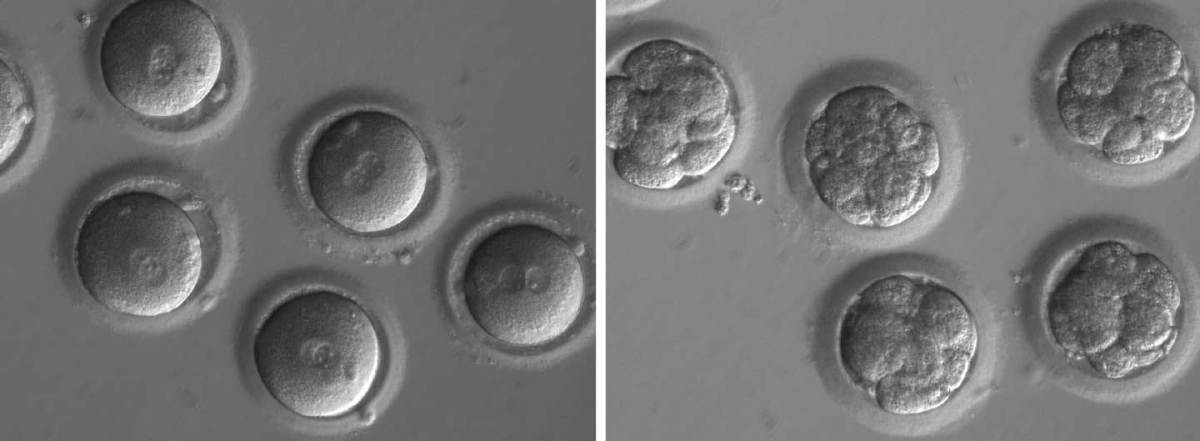Gene editing has been around for decades, but human DNA has been off limits—until now.
Scientists have edited genes in human embryos to repair a harmful mutation for the first time without unintended consequences. A team of international scientists published the results of their study Wednesday.
Modifying human DNA that can be passed down for generations has presented a challenge to researchers since many felt it couldn’t be done without introducing mutations elsewhere, the New York Times reports.
Scientists from Oregon Health and Science University used a powerful gene-editing technique, CRISPR-Cas9, to correct a genetic defect responsible for a heart disorder that causes seemingly healthy young people to suddenly die of heart failure.
The experiment fixed the defect in two-thirds of the dozen human embryos, none of which were used to make a baby. The researchers and their colleagues from California, China, and South Korea publish the findings in the journal Nature.
Some fear the unregulated used of genetic engineering to lead to so-called “designer babies,” a form of eugenics where parents pay for their child to have desirable traits. It could help couples protect their children from hereditary conditions that they would otherwise be exposed to.
This article was featured in the InsideHook newsletter. Sign up now.
























